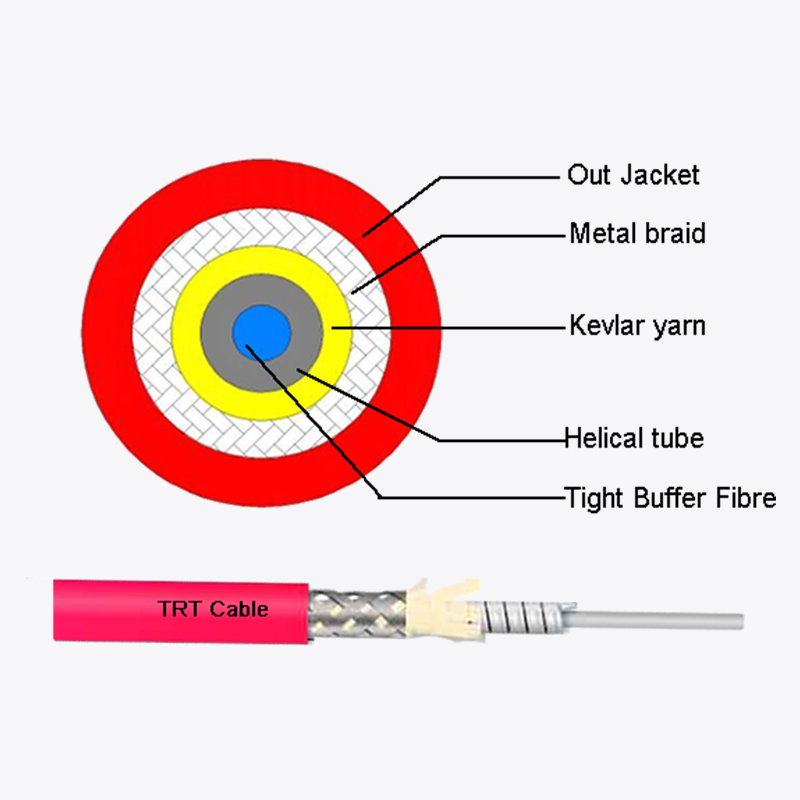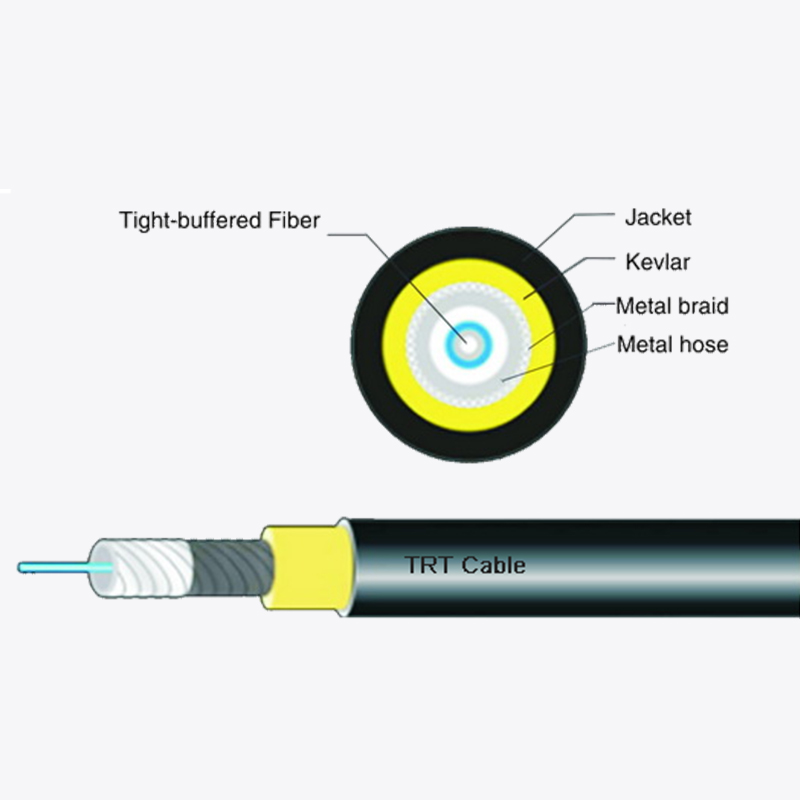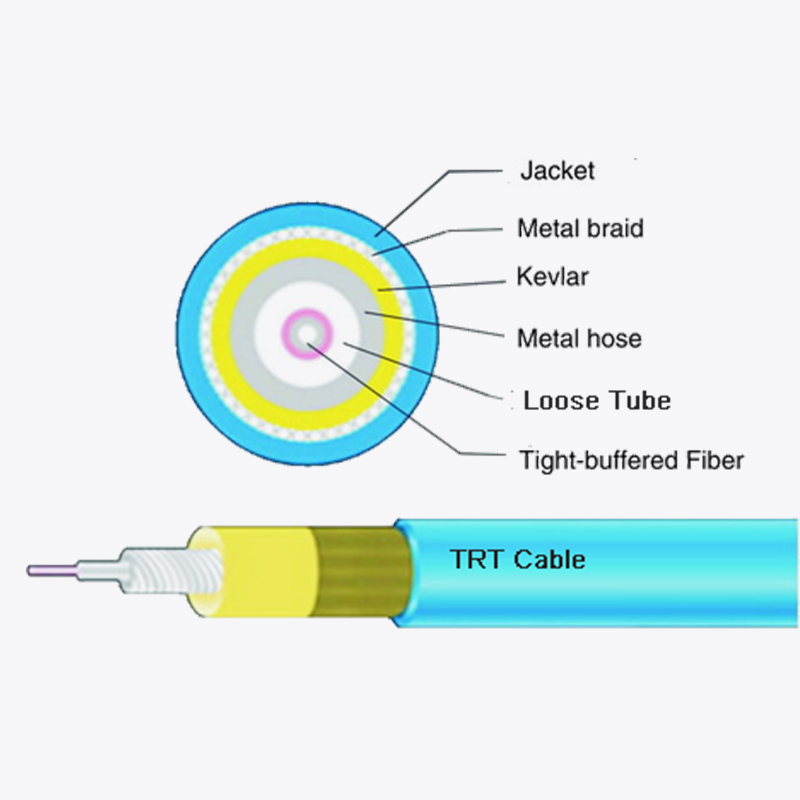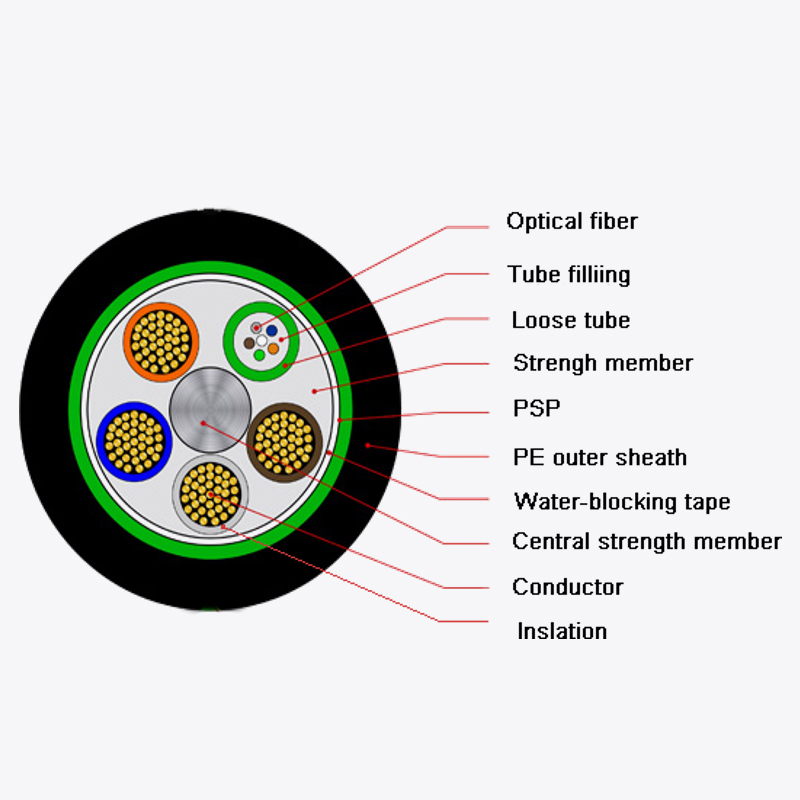Web Menu
Product Search
Exit Menu
Is Multi-Purpose Distribution Cable Truly Suitable for Both Indoor and Outdoor Applications?
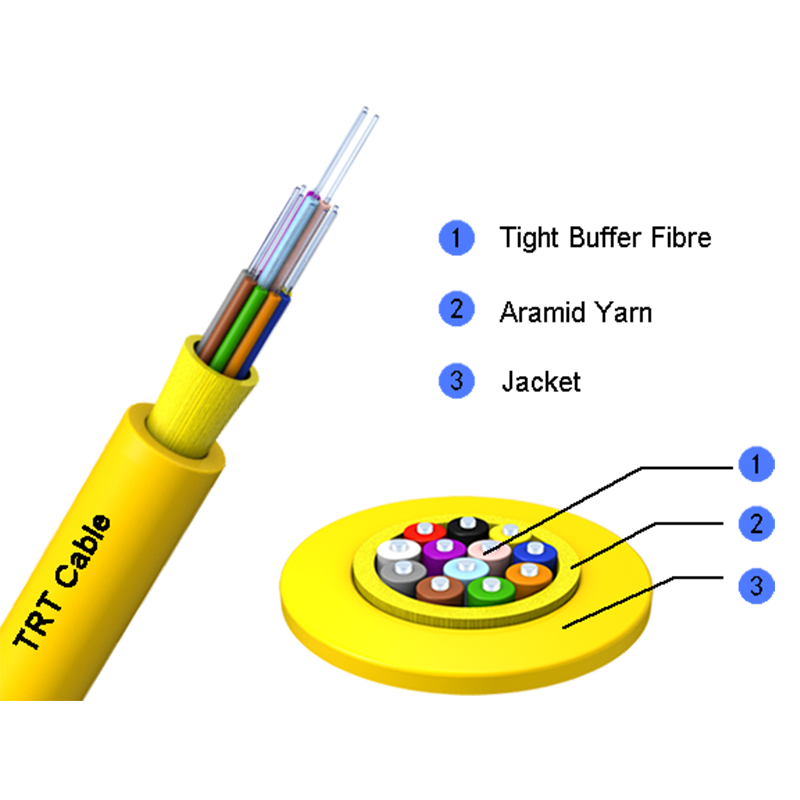
Is Multi-Purpose Distribution Cable Truly Suitable for Both Indoor and Outdoor Applications?
The quest for efficiency and versatility in electrical installations is a constant driver of innovation. Contractors, engineers, and wholesalers are perpetually seeking products that can streamline procurement, simplify inventory, and reduce installation time without compromising on safety or performance. One product that has risen to prominence in this pursuit is the multi-purpose distribution cable. Its very name suggests a broad range of uses, but this often leads to a critical and valid question: can a single cable type genuinely perform reliably in the diverse and demanding environments of both indoor and outdoor applications?
Understanding the Anatomy of a Multi-Purpose Distribution Cable
To assess its suitability for various environments, one must first understand what a multi-purpose distribution cable is made of and how its components contribute to its overall performance. Unlike cables designed for a single, specific purpose, the multi-purpose distribution cable is engineered from the ground up to handle a wider range of conditions.
At its core are the conductors, typically made from copper or aluminum alloy. These are chosen for their excellent electrical conductivity and balance between flexibility and strength. The individual conductors are insulated with a robust, high-quality material, most commonly a thermoset plastic like cross-linked polyethylene (XLPE) or a thermoplastic such as polyvinyl chloride (PVC) or nylon-blended compounds. This insulation is critical for preventing current leakage and ensuring the safe containment of the electrical flow.
A key feature that differentiates multi-purpose distribution cable from standard building wire is its jacketing. The outer jacket is the cable’s first line of defense against the external world. For a cable to be truly multi-purpose, this jacket must be compounded to offer a range of protective properties. It is often made from a sunlight-resistant (SR) thermoplastic material that is also rated for wet locations. This combination is what grants the cable its versatility. Finally, many multi-purpose distribution cable designs include a nylon outer sheath over the insulation, which provides enhanced abrasion resistance and protection against chemicals and oils, further expanding its potential use cases.
Decoding the Ratings: What THHN/THWN-2 Really Means
The suitability of any electrical cable for a specific environment is not a matter of opinion; it is a matter of certification and rating. The most telling indicator for a multi-purpose distribution cable is the printing on its jacket. You will almost always find the designations THHN, THWN-2, or a combination thereof. Understanding these alphabetical codes is essential to answering the central question of this article.
- T (Thermoplastic): Indicates the insulation material is a thermoplastic, which can be softened and reshaped with heat.
- H (Heat Resistant): The first H indicates a rating for heat resistance up to a certain temperature, typically 75°C or 90°C (167°F or 194°F). A second H (as in HH) indicates a higher heat resistance.
- W (Water Resistant): Signifies that the insulation is suitable for use in wet locations. This is a non-negotiable requirement for any outdoor cable installation.
- N (Nylon Coated): Denotes an outer nylon sheath that provides added protection against abrasion, chemicals, and oils.
- -2: This is a crucial suffix. It indicates that the conductor size is based on a more recent, larger diameter standard, ensuring compatibility with modern termination equipment and providing a higher safety margin.
The designation THWN-2 is particularly significant. A cable rated as THWN-2 is approved for use in both dry and wet locations and has a maximum operating temperature of 90°C. This dual rating is the primary factor that allows a multi-purpose distribution cable to bridge the gap between indoor and outdoor use. Furthermore, many multi-purpose distribution cable products carry a Sunlight Resistance rating, meaning the jacket is formulated to resist degradation from ultraviolet (UV) radiation, which is imperative for any cable exposed to direct sunlight outdoors.
Therefore, if a multi-purpose distribution cable is explicitly rated THWN-2 and is marked as Sunlight Resistant, it is not merely marketed as suitable for both environments; it is certified and listed by recognized testing laboratories for such use.
The Indoor Environment: A Showcase of Versatility and Efficiency
Within the controlled confines of a building, the multi-purpose distribution cable excels due to its robust construction and flexibility. Its suitability for indoor applications is generally well-understood and widely accepted.
A primary advantage indoors is its ease of installation. The combination of a smooth jacket and often a nylon coating allows the cable to be pulled quickly through conduits, cable trays, and raceways with reduced friction. This saves significant labor time and reduces the risk of damage during installation. Its use is common in commercial and industrial settings for branch circuit wiring, feeding power to lighting systems, outlets, and machinery.
The cable’s abrasion resistance is a major asset in environments where it might be subject to physical wear, such as in manufacturing facilities or mechanical rooms. Furthermore, its rating for a higher temperature (90°C) provides engineers with greater design flexibility, allowing for potential ampacity adjustments in certain conditions, though the final allowable current is always governed by the terminal ratings of the connected equipment.
In essence, for indoor applications, the multi-purpose distribution cable acts as a superior, all-in-one solution that can replace several more specialized single-purpose cables, simplifying inventory and reducing the chance of installation error.
The Outdoor Environment: Confronting the Elements
The outdoor world presents a harsher and more complex set of challenges for any electrical cable. Moisture, temperature swings, ultraviolet radiation, and physical damage are constant threats. This is where the specific ratings of the multi-purpose distribution cable are put to the test.
The THWN-2 rating’s “W” for wet location means the cable’s insulation is designed to prevent water from penetrating and compromising the electrical integrity of the system. Whether it is buried in conduit, run along the side of a building, or exposed to rain and snow, the cable is engineered to perform safely. This makes it an excellent choice for outside branch circuits, feeding outdoor lighting, powering signage, or supplying outbuildings like sheds or workshops.
Perhaps the most critical factor for outdoor exposure is UV resistance. Standard PVC jackets can become brittle, crack, and degrade when subjected to prolonged direct sunlight. The sunlight-resistant jacket of a rated multi-purpose distribution cable is chemically formulated to absorb or reflect UV radiation, dramatically slowing this degradation process and ensuring long-term reliability and safety. Without this specific rating, a cable should never be used in an exposed outdoor application, regardless of its other properties.
It is also commonly used for underground feeder applications, provided it is run within a conduit or raceway approved for direct burial. The conduit protects the cable from physical damage from rocks or excavation and provides an additional layer of defense against moisture, complementing the cable’s own wet location rating.
Key Considerations and Limitations for Outdoor Use
While a multi-purpose distribution cable with the correct ratings is indeed suitable for outdoor applications, “suitable” does not mean “invincible.” Its use outdoors comes with important considerations that must be adhered to for a safe and code-compliant installation.
The single most important rule is that the cable must be used within a recognized wiring method. This almost always means the multi-purpose distribution cable must be installed inside a conduit, raceway, or other protective enclosure when used outdoors. The conduit provides crucial mechanical protection from impact, crushing, and abrasion that the cable’s jacket alone is not designed to withstand. It also offers additional protection from moisture ingress and pests.
The following table outlines common outdoor applications and the necessary installation methods:
| Application Example | Typical Installation Method | Key Protective Function of the Method |
|---|---|---|
| Feeding a residential outdoor air conditioner | Liquid-tight flexible conduit or rigid PVC conduit | Protection from weather, physical impact, and abrasion |
| Running power to a detached garage | Buried rigid PVC or EMT conduit | Protection from soil, moisture, rocks, and excavation |
| Wiring for outdoor lighting on a building | Mounted surface raceway or rigid conduit | Protection from UV, rain, and physical damage |
| Supplying a rooftop HVAC unit | Rigid metal or PVC conduit runs along roof and wall | Protection from weather, UV, and physical abuse |
Furthermore, all terminations and connections outdoors must be made within weatherproof enclosures and fittings rated for outdoor use. This ensures that the points where the cable is most vulnerable—its connections—are sealed from moisture and environmental contaminants.
It is also vital to consider local environmental extremes. While the cable is rated for standard temperature ranges, areas with exceptionally high heat, extreme cold, or exposure to unusual chemicals may require a cable with specialized construction beyond the standard multi-purpose distribution cable.
 Address:Zhong'an Road, Puzhuang Town, Suzhou City, Jiangsu Prov., China
Address:Zhong'an Road, Puzhuang Town, Suzhou City, Jiangsu Prov., China Phone:+86-189 1350 1815
Phone:+86-189 1350 1815 Tel:+86-512-66392923
Tel:+86-512-66392923 Fax:+86-512-66383830
Fax:+86-512-66383830 Email:[email protected]
Email:[email protected] Wechat: xiaobin18913501815
Wechat: xiaobin18913501815 whatsapp: +86 18913501815
whatsapp: +86 18913501815
 0
0

 English
English русский
русский Español
Español Português
Português عربى
عربى